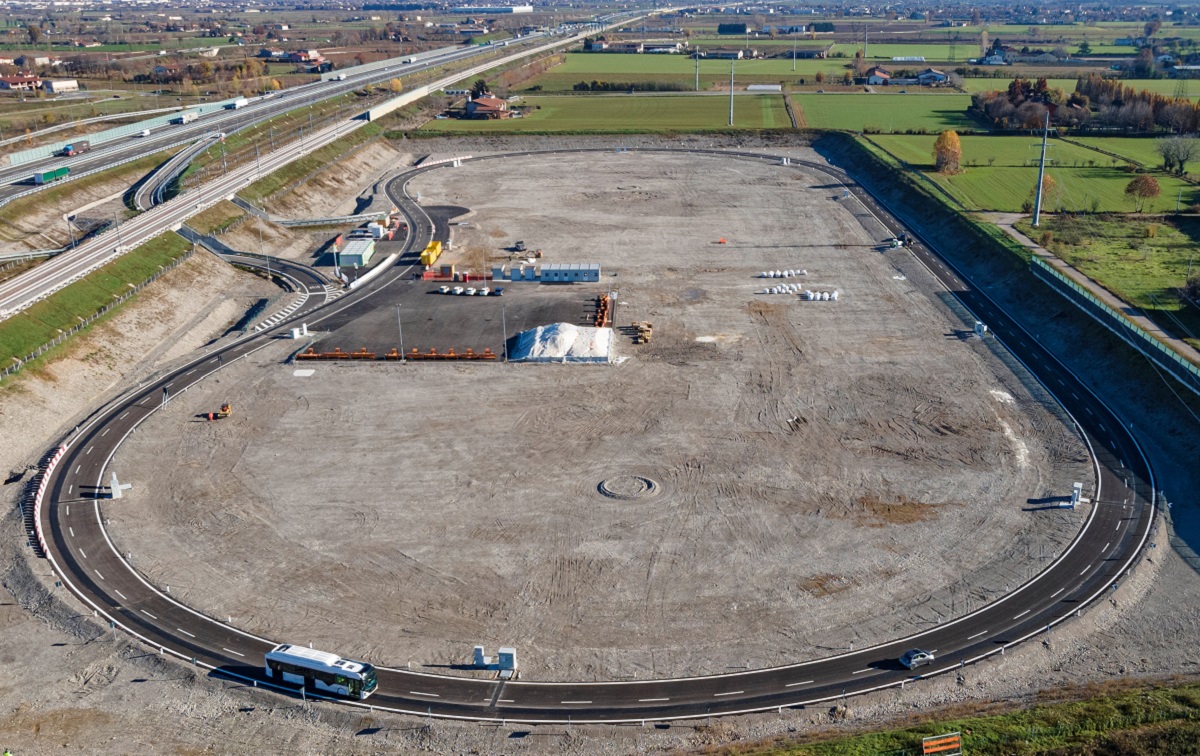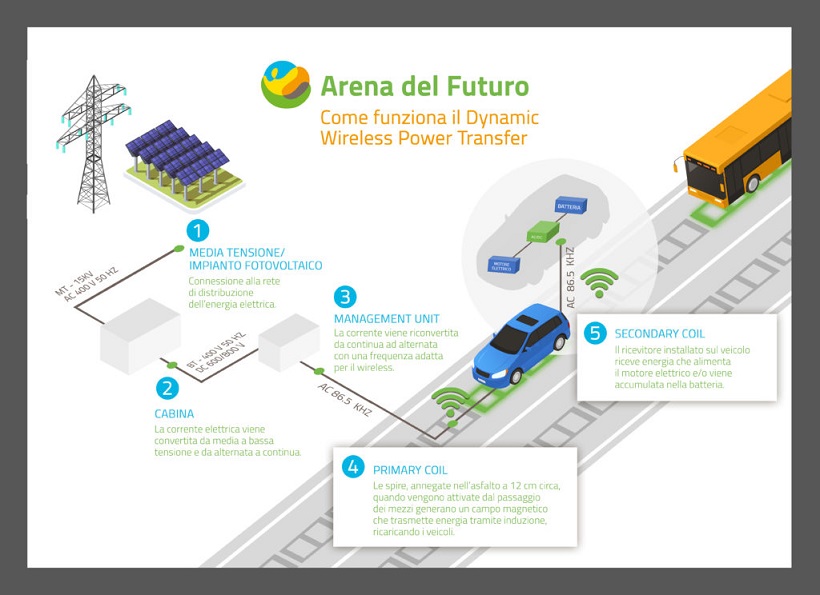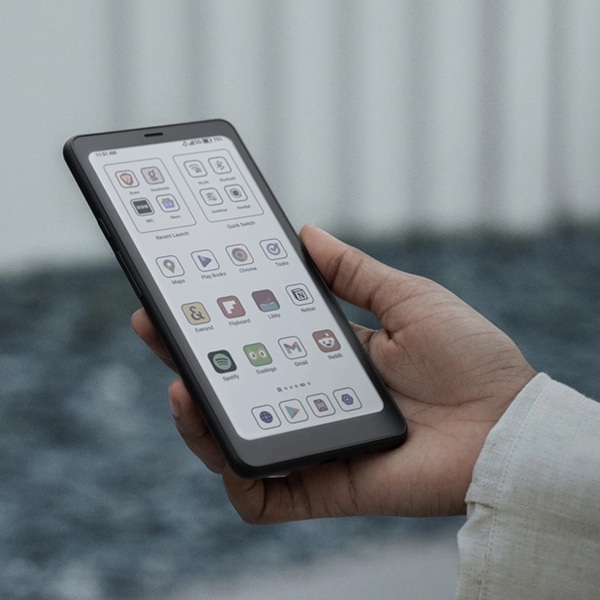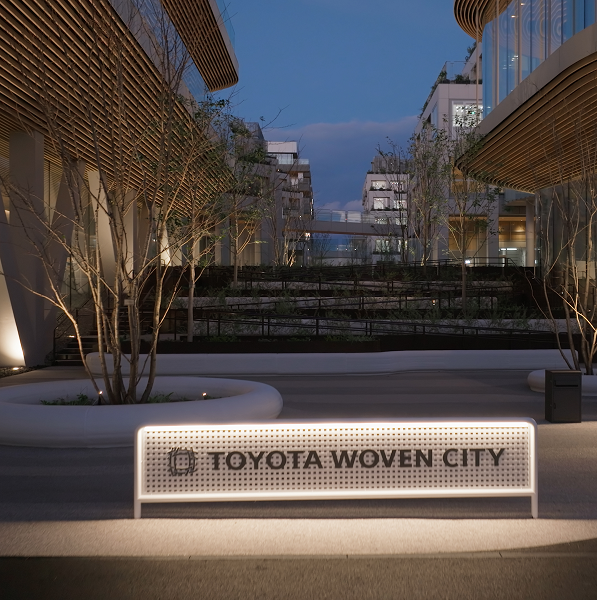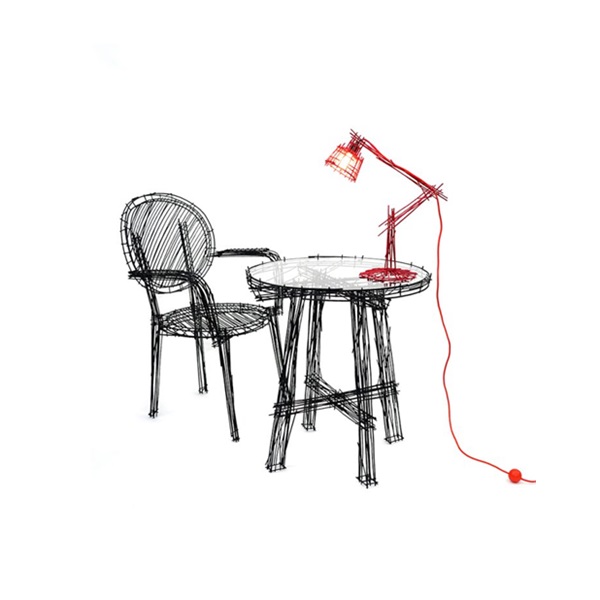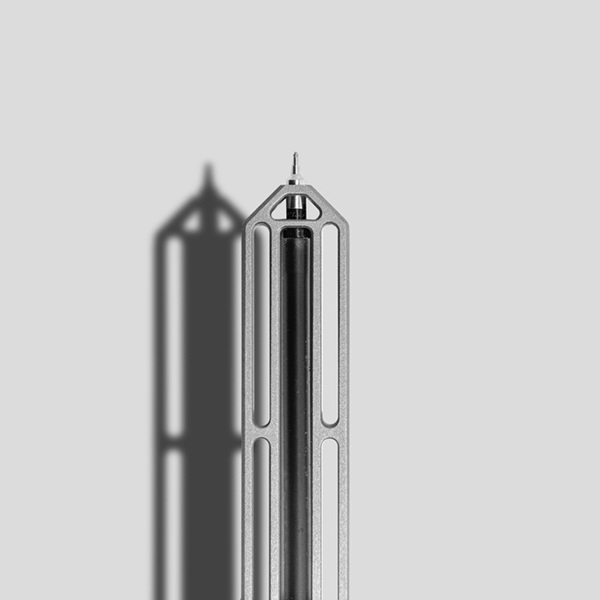
It was 1890 when William Morrison invented the first electric vehicle. The vehicle could go up to 23 km per hour. In the 20th century, people loved and used electric vehicles. But in time people and companies lost their interest in these vehicles and turned their faces to vehicles working with petroleum. Although people lost their interest in electric vehicles, some niche companies try to manufacture fully electric vehicles that can reach high speeds in seconds. Some of them are quite successful. Now, many people around the world drive electric vehicles. But the question is how people succeed with electric vehicle charging.
In the USA, there are some 50.000 public electric vehicle charging stations. But when we compare with fuel stations which are currently some 150.000, 50.000 is not enough. In order to create a more sustainable world, companies and governments work hard. Recently, we have been fascinated with the news of Arena del Futuro, which is a highway electric vehicle charging wirelessly while the cars are on the move.
How does Arena del Futuro Charges Vehicles Wirelessly?
Stellantis, the parent company of Fiat, and A35 Brebemi built the road together. The two companies tested the Fiat New 500, and they observed that dynamic wireless power transfer (DWPT) really works. Besides, the highway supports environmental sustainability and decarbonization. Of course, companies tested Arena del Futuro’s wireless charging ability for months.
We would like to share details of the moving electric vehicle charging road. The DWPT has a system of coils that are positioned under the highway. These coils transfer energy directly to vehicles such as cars, buses, and trucks. These vehicles do not have to stop for charging. It is fascinating and encouraging for people who have hesitations about electric vehicle charging. Besides all, this DWPT technology can be adapted for all-electric vehicles that are equipped the special receivers. Last but not least, drivers can drive their cars at normal highway speeds. So, they do not need to slow down in order to charge their vehicles.
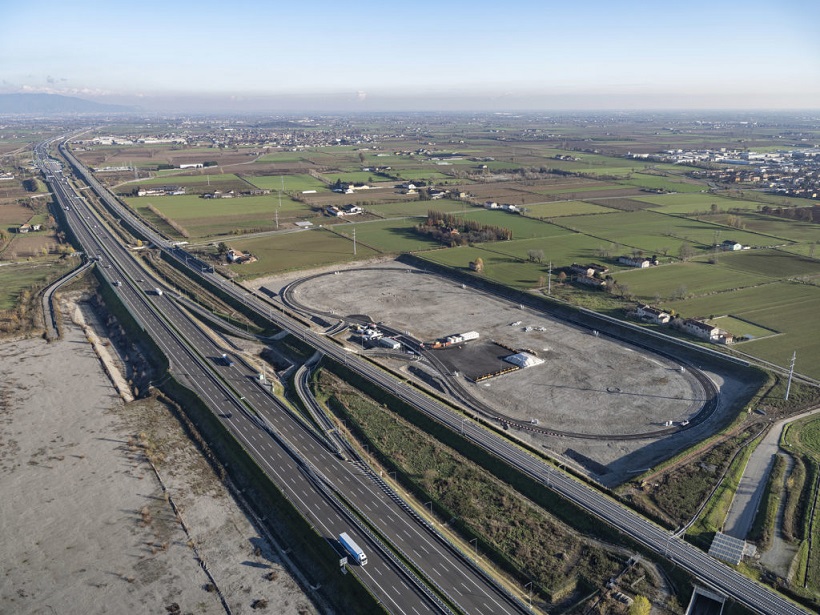
A35 Brebemi

